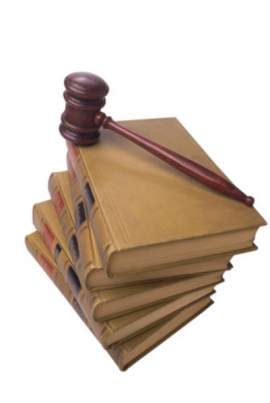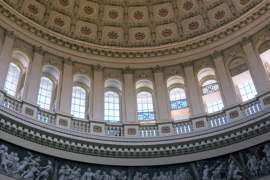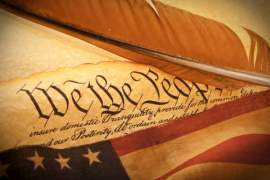
CFR Citation Explained

What is the CFR?
The CFR or Code of Federal Regulations is the official codification of the general and permanent rules and regulations—referred to in a broad sense in regards to administrative law—published in the Federal Register. The Code of Federal Regulations, which is organized as a series of CFR Citations, is affirmed in this daily publication by various executive departments and agencies of the United States Federal Government.
Administrative law, which is a type of public law, exists because the United States Congress typically grants authority to the agencies of the executive branch in order to interpret the statutes in the United States Code. These statutes are then enforced by various agencies because Congress and other departments may be too busy or congested to micromanage the jurisdiction regarding writing statutes to cover every possible detail.
According to the Administrative Procedure Act, these agencies are permitted to create detailed regulations through a public rulemaking process. In this process, the public is allowed to voice their opinions and comment on the public information offered; following a grace period, the rules and regulations are then published as a CFR citation in the Federal Register.
These rules, which are organized and affirmed through the production of a CFR citation, are treated by the courts as legally binding forms of statutory law, provided that the regulations are a reasonable interpretation of the underlying statutes.
For example, if the United States Congress passed a law that stated there are not be excessive levels of mercury in any body of water in the country, an entity, such as the United States Environmental Protection Agency could further define, through a scientific lens, what the exact meaning of an “excessive level of mercury” is. The agency’s definitions and its subsequent plan of enforcement will all be published into the code of federal regulations.
What does a CFR citation look like and how do I read one?
Each rule and regulation in the Federal Register is given a CFR citation; the CFR citation is used to organize each rule based on title, subject or specific legal matter. The CFR citation not only groups each rule and regulation but further organizes them by paragraph and title; this organizational system enables an individual to find very particular information in an expedited fashion.
An example of a CFR citation would be the following: 42 CFR 260. 14 (a) (2). This CFR citation can be cited immediately, without searching through confusing directories or waiting for a page number from the physical copy. The aforementioned CFR citation would be read as, “title 42, part 260, section 14, paragraph a (2).
The National Archives and legal libraries throughout the United States will keep an online version of the CFR--known as the E-CFR—and update it two days after changes to the respective regulations I the Federal Register become effective.



















